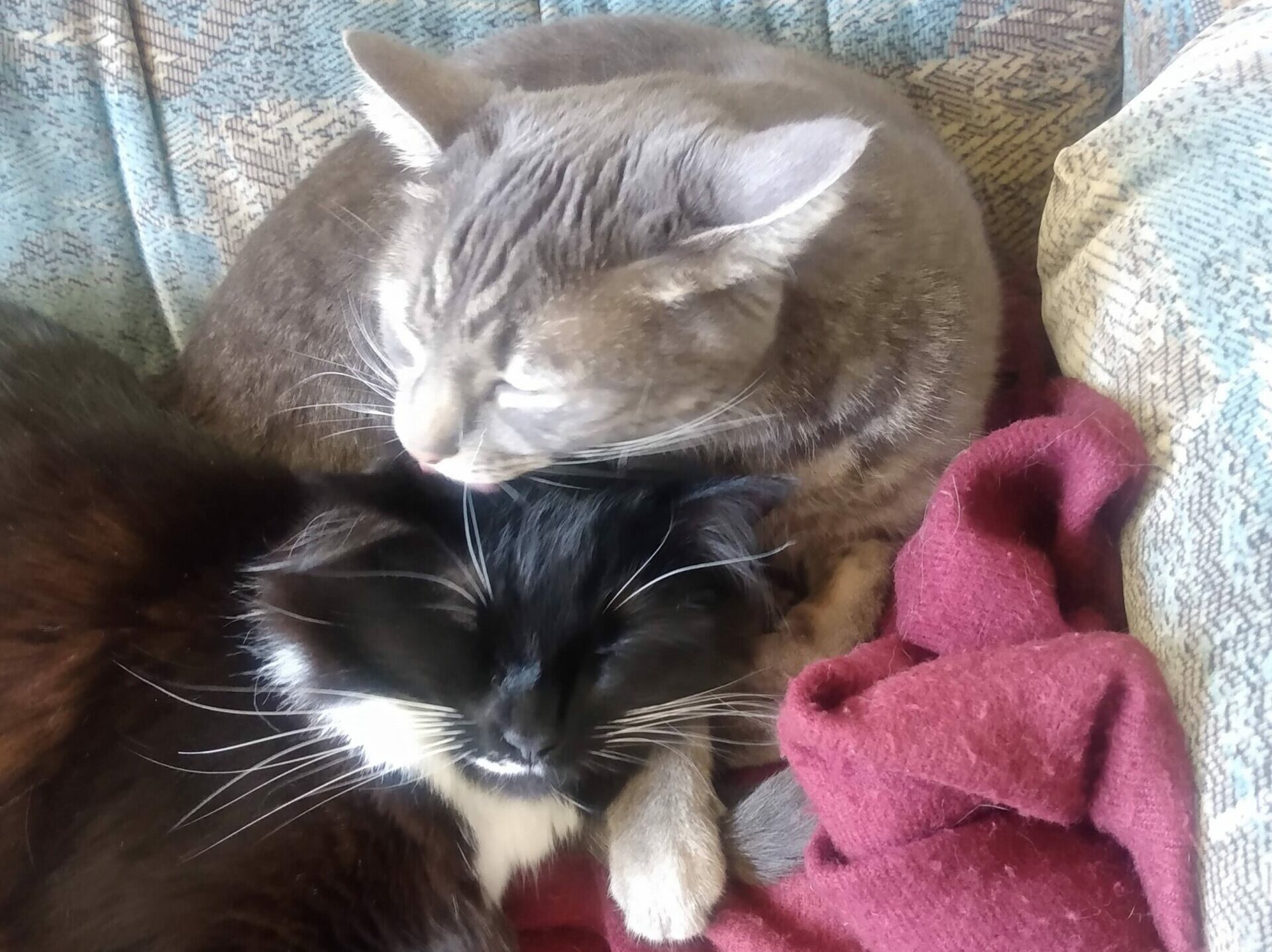
This topic was important to me as someone with dyslexia, but also as someone who has worked with the Deaf and Hard of Hearing community, disabled and nonverbal students, and as a future educator.

I used Assistive Technology in both elementary and high school for myself, and many more when working with vulnerable people from marginalized communities. While comprehension tools are valuable for all educators to know to improve student learning, a better and more comprehensive understanding of ATs is necessary for inclusion and proper anti-discrimination policies.

I have used Video Relay Services, direct-to-hearing-aid speakers, and speech-to-text software with Deaf individuals, and was training to be an interpreter at one point. I was really pleased to see the interest and engagement shown by my peers when presenting the sections on Disabled, Neurodivergent, and ELL students particularly, as there is guaranteed to be at least one of each student in each class that we as teachers are in for the vast majority of our careers.

My group compiled a massive list of resources, but simple free online dictionaries such as YourDictionary and WordHippo are invaluable. I think that each teacher needs to find the resources that work best for them, but students should also be made aware of the resources available to them. I wish there was a comprehensive list of resources that both educators and students could refer to, so I tried to make a start with the list at the bottom of this post.
The subjects of my three co-presenters are also incredibly valuable. We all chose to focus on different areas because there are so many different ways in which language is used in the classroom. I feel that providing this multifaceted overview of different comprehension tools was valuable and well-received by our peers, and I had several people ask me for the resource list after class.

I wanted to end our presentation on this note because while assistive technologies, comprehension tools, and other technological tools and resources are extremely valuable to have, it doesn’t mean much when the teacher isn’t using accessible and inclusive pedagogies in the classroom. The Universal Design for Learning is explicit in the need for educators to present information and activities that includes all students, and that is something that the education system as a whole needs to properly implement. Accessibility of learning is something I’m incredibly passionate about, and I feel that our presentation both educated our fellow teacher candidates on the scope of the topic of language learning in the classroom, and impressed upon them the importance of scaffolding learning and including all learners.
Other resources include:
Accessibility for Teacher Use:
(Equity Courses) https://www.equitylearn.com/collections
(Multilingual Simposium) https://www.paridad.us/multilingualspecialeducations
(Anti-Racism Webinars) https://www.teachingwhilewhite.org/
(International Inclusion Webinars) https://www.ascd.org/webinars
(Pedagogy Seminars) https://www.facinghistory.org/how-it-works/expert-guidance/professional-learning
(Inclusion Webinar) https://drabc.ca/free-resources
(Anti-Racism Articles) https://mrjasonto.wordpress.com/
(ELL Lesson Plans) https://www.usingenglish.com/teachers/lesson-plans/
(ELL Lesson Plans) http://iteslj.org/Lessons/
(ELL Lesson Plans) https://www.colorincolorado.org/ell-basics/ell-resources-grade
(ELL Lesson Plans) https://www.educationworld.com/a_lesson/lesson/lesson224.shtml
(ELL Teacher Resources) https://www.tesl.ca/
(ELL+Reading/Writing Lessons) https://www.readwritethink.org/
(Books) https://www.readinga-z.com/ell/
(Bilingualism) http://www.manythings.org/
(Language Learning) https://www.usingenglish.com/
(Inclusion) http://iteslj.org/Lessons/
(Language Inclusion Podcast) https://podcasts.apple.com/us/podcast/teaching-mls/id1505803456
(TDHH Resources) https://www.caedhh.ca/tdhh-resources
(Deaf/HoH Student Guidebook) https://www.chs.ca/sites/default/files/mhg_images/CHS003_AccessibilityGuide_EN_APPROVED.PDF
(Deaf/HoH Inclusion and Accomodations) https://accessiblecampus.ca/tools-resources/educators-tool-kit/teaching-tips/teaching-students-who-are-deaf-deafened-or-hard-of-hearing/
Terminology Learning:
(Flashcards) https://bogglesworldesl.com/
ELL:
(Dictionary) https://www.yourdictionary.com/
(Empowerment Webinars) https://www.ascd.org/webinars
(Books) https://www.readinga-z.com/ell/
(Flashcards) https://bogglesworldesl.com/
(Bilingualism) http://www.manythings.org/
(Language Learning) http://a4esl.org/
(Language Learning) http://www.manythings.org/
(Language Learning) https://www.eslcafe.com/
(Guided Video Reading) https://drive.google.com/drive/folders/1eKFbrP_xtTuzYrk3Cp7HF06XXXJ-TqaO
Learning a New Language:
(Dictionary) https://www.yourdictionary.com/
(Guided Video Reading) https://drive.google.com/drive/folders/1eKFbrP_xtTuzYrk3Cp7HF06XXXJ-TqaO
(Video Resources) https://www.engvid.com/
Deaf/HoH:
(Guided Video Reading) https://drive.google.com/drive/folders/1eKFbrP_xtTuzYrk3Cp7HF06XXXJ-TqaO
(Teacher Resources) https://www.caedhh.ca/tdhh-resources
Neurodivergent/Learning Disabilities:
(Flashcards) https://bogglesworldesl.com/
(Dictionary) https://www.yourdictionary.com/
(Language Learning) http://www.manythings.org/
(Language Learning) https://www.eslcafe.com/
(Video Resources) https://www.engvid.com/
